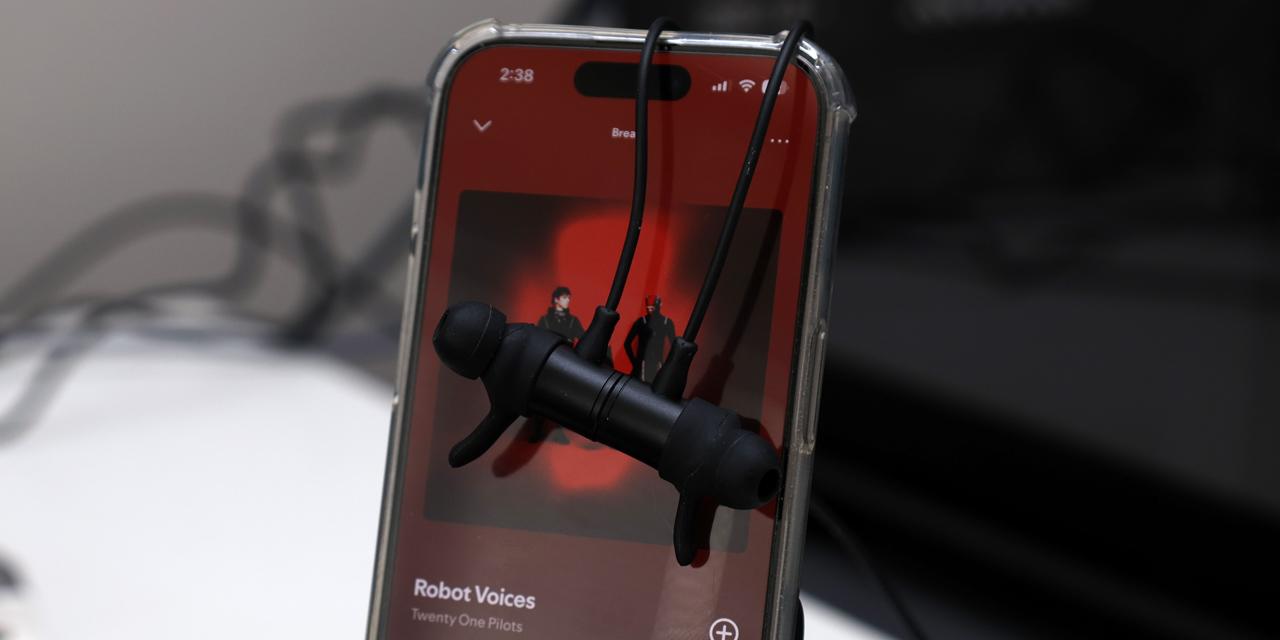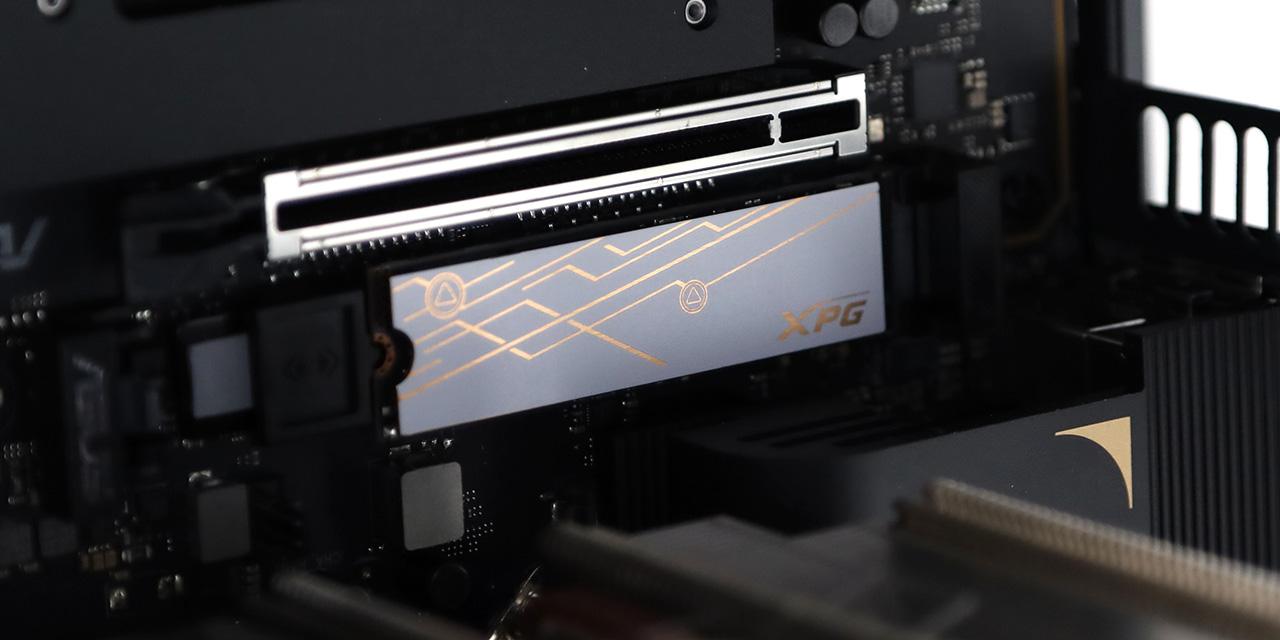
By: Jonathan Kwan
August 28, 2020
What is the first thing that comes to mind if I ask you to make an impression of a stereotypical American? If you yell "AMERICA! FREEDOM!" and make gestures of guns blazing in the air, then you are not alone. Do not get me wrong; I love America even though I am from Canada. But the stereotypical "AMERICA! FREEDOM!" -- even if we are all poking fun at -- is something even most Americans find funny from my experience. Now, despite the fact this is often said in a somewhat sarcastic fashion, I always remember the Lyft driver who took me to the airport when I was in San Francisco last year for Micron Insight. The driver immigrated from Russia pretty recently, and I asked him what he thought of America. Without thinking, he said -- in complete seriousness -- "AMERICA! FREEDOM!" Clearly, the same statement has different meanings to different people, and it is understandable in this case. When it comes to power supplies, the FSP Hydro series has confused the casual user for years. When the Hydro G came out in 2016, everyone thought it is watercooled, except it is not. The "hydro" part of the name actually referred to its hydro dynamic bearing fan. The same confusing naming scheme also applied to the Hydro PTM we reviewed in 2018. But as fate would have had it, the Hydro PTM+ that came a year later is actually watercooled. If you think the stars finally aligned, then you would still be wrong. The latest model in the lineup, the Hydro G Pro, we are reviewing today is back to air cooling only with the same hydro dynamic bearing fan that gave all the Hydro series PSUs the name. Except it also adds a coating that allows it to operate in 95% relative humidity conditions. Wait, what? Either way, read on to find out what is inside!
Our review unit of the FSP Hydro G Pro 750W arrived in a medium-sized brown corrugated cardboard box from the company's American headquarters in Chino, California, USA. Using FedEx International Ground, our Hydro G Pro 750W arrived in excellent condition to us here in Calgary, Alberta, Canada for our review today.
Inside the shipping box is the FSP Hydro G Pro 750W's retail box. The retail box design has not changed much since the original Hydro G. As you can see in our photo, the photo of the power supply itself is shown prominently with some outer space orbital-themed effects. Otherwise, the gold-and-black color scheme is reserved and pragmatic; FSP's logo is printed at the top left corner, while the Hydro G Pro branding and 750W rating is seen at the bottom. Some arrays of icons show off its features. The left array includes an 80 Plus Gold badge, zero noise output, full modular design, and 100% Japanese brand capacitors. The right section includes 10-year warranty, Off-Wet Technology, IEC62368 certification, and Intel latest CPU ready. The remaining sides have a little more detail in presentation, which you will find more photos, feature highlights, performance graphs, and specifications.
Before we move on, let us take a look at the specifications of the FSP Hydro G Pro 750W, as obtained from the manufacturer's website:
Model: HG2-750
Rated Output Power: 750W
Form Factor: ATX
80 PLUS Certification: Gold
Input Voltage: 100-240Vac
Input Current: 10-5A
Input Frequency: 50-60Hz
PFC: Active PFC
Efficiency: 90%
Fan Type: FDB Fan, 120 mm
Dimensions(L x W x H): 150 x 150 x 86 mm
Operation Temp.: 100,000 Hrs
Protection: OCP, OVP, OPP, SCP, OTP
The FSP Hydro G Pro 750W's retail packaging can be opened by a flap attached at the side. Upon opening the box, you will find everything neatly organized. The power supply is securely clipped between two foam brackets. Everything else is located inside a black drawstring bag. Out of the box, you will receive the Hydro G Pro 750W power supply itself, modular cables, AC power cable, four screws, product manual, and some stickers. The bundle is very minimalist.
Page Index
1. Introduction, Packaging, Specifications
2. Physical Look - Outside
3. Physical Look - Inside
4. Minor Tests and Conclusion





